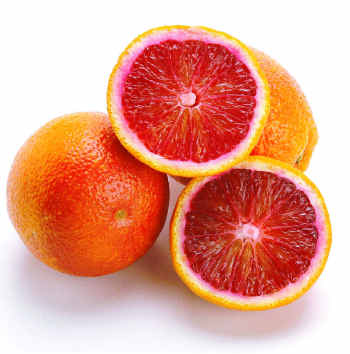Pasties have always been one of my guilty pleasures. It’s flaky crust and hearty insides can make any cold day bright and happy. Whether the you follow the traditional Cornish (southern tip of England) recipe or the Americanized version made in the Upper Peninsula (UP) of Michigan, this dish was the original sandwich and researchers in Devon, England have been able to trace references to this delightful dish to the 16th century.

The pasty was developed to help feed the Cornish tin miners who were unable to return to the surface to eat their lunch. Covered head to toe in dirt, the miners, and later farmers, were able to eat their lunch and discard their now dirty crust “wrapper” to appease the mischievous fey in the mines including leprechauns and brownies. Today, other variations can be found that include chicken, ham, pork and apples, and vegetables.
Cornish miners, who migrated to America, brought over their family recipes and influenced other cultures in creating their own version of the pasty including the Finnish copper miners of Michigan and the Mexican silver miners of Hidalgo. Both ethnic groups created their own versions of the Cornish recipe and are available for purchase in various markets in their respected regions.
Cornish Pasties
Pastry Crust Ingredients:
4 cups of flour
1/2 tsp of salt
1 tsp baking powder
2 sticks of butter (softened) (do not use olive oil or margarine as the crust will be hard instead of flaky)
1 egg
a bit of water
Pasty Filling Ingredients:
1 lb. round or chuck steak (diced)
4 medium red potatoes (sliced thin)
1 large onion, sliced thin
1 medium turnip, peeled and sliced thin
3 medium carrots, sliced thin
1/2 stick of butter
pinch of rosemary
pinch of thyme
3 cloves minced garlic, minced
Salt
Pepper
For the Crust:
Sift together dry ingredients and blend with softened butter. Combine egg with enough water to make 1 cup and add to mixture. Mix lightly and divide into 4 parts. Roll each part to a 10-inch dinner plate size, using a plate as a template, cut a circle out, and lightly flour the surface. Any scrap crust can be used to make additional crusts or be added as decoration to the pasties being made.
For the filling:
Divide the filling ingredients into four parts. Place one of the divided parts of the filling on the one half of the crust round. Sprinkle the filling with herbs and spices and add one-tablespoon butter. Fold the pastry in half and seal by brushing melted butter on edges before pressing together and brush top of pastry with butter and pierce top of pastry. I like doing a braided twist on the crust, which adds a nice touch to the pasty. Begin at one of the corners of the half circle, lift and fold over by 45 degrees, pick up the new crust point that has been formed and fold that over 45 degrees. Continue until the pasties are completed. The folding over process creates a braided appearance to the crust. Using a knife, slice three small cuts in the top of the crust to let the steam out.
Bake at 350 degree for approx. 1 hour or until golden brown.
Serves 8
Variations:
By following the crust recipe, you can make a vegetarian version-using root vegetables: potatoes, sweet potatoes, turnips, parsnips, and beets. Which provides a very colorful presentation and dish.

 modernized for today’s kitchen. A fairly easy recipe that busy people can cook eat or save in bulk for future meals.
modernized for today’s kitchen. A fairly easy recipe that busy people can cook eat or save in bulk for future meals.
